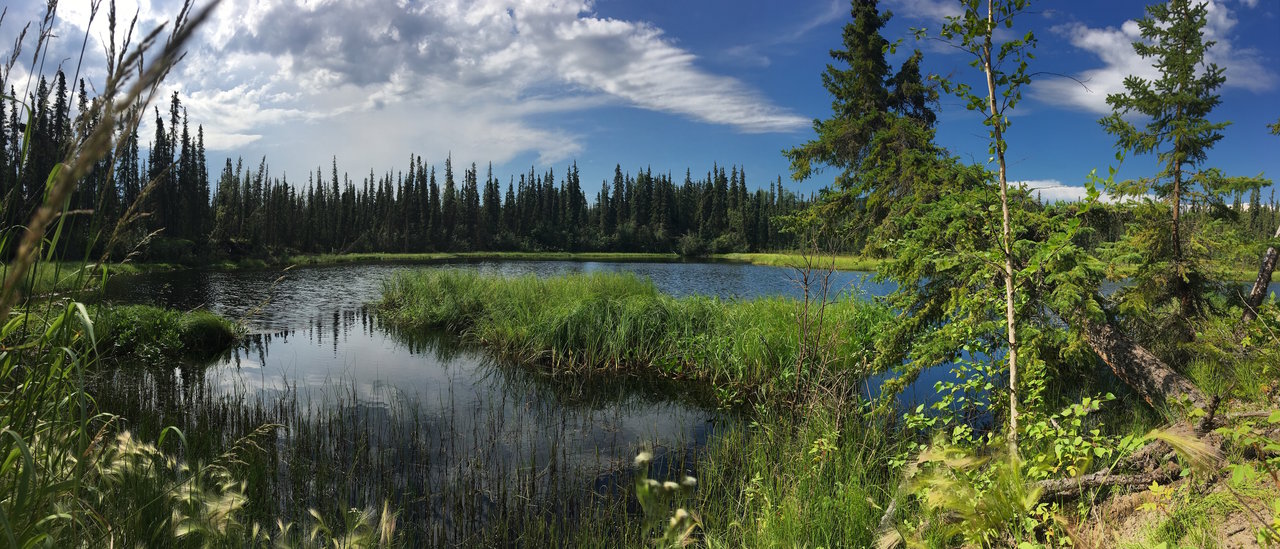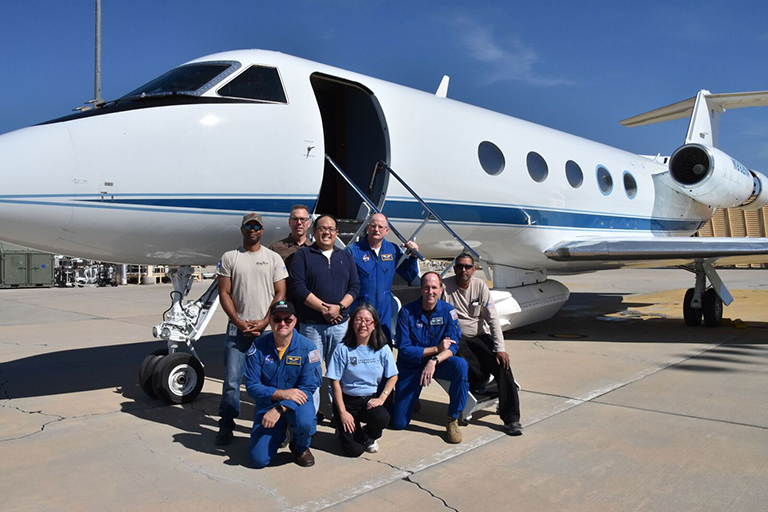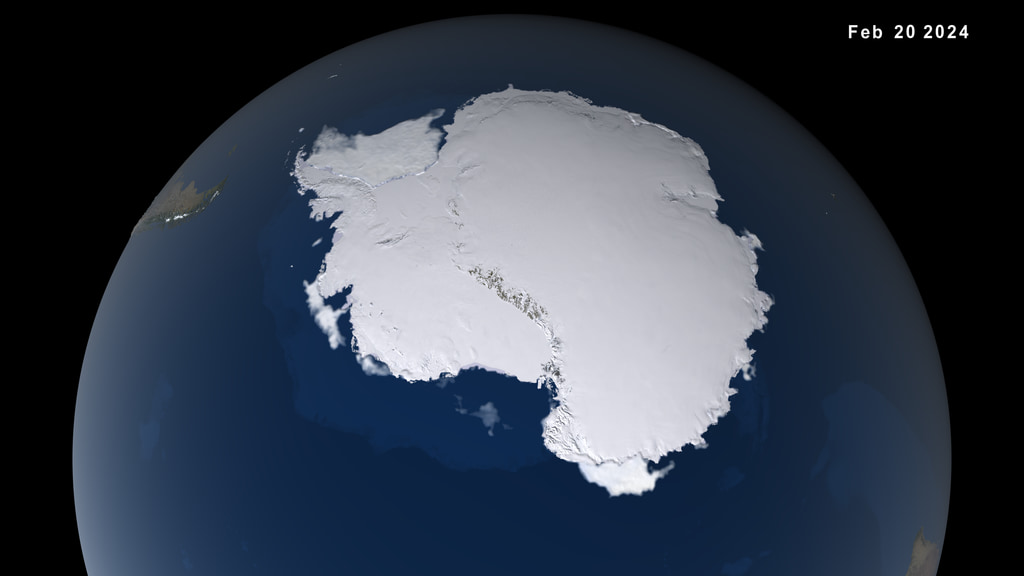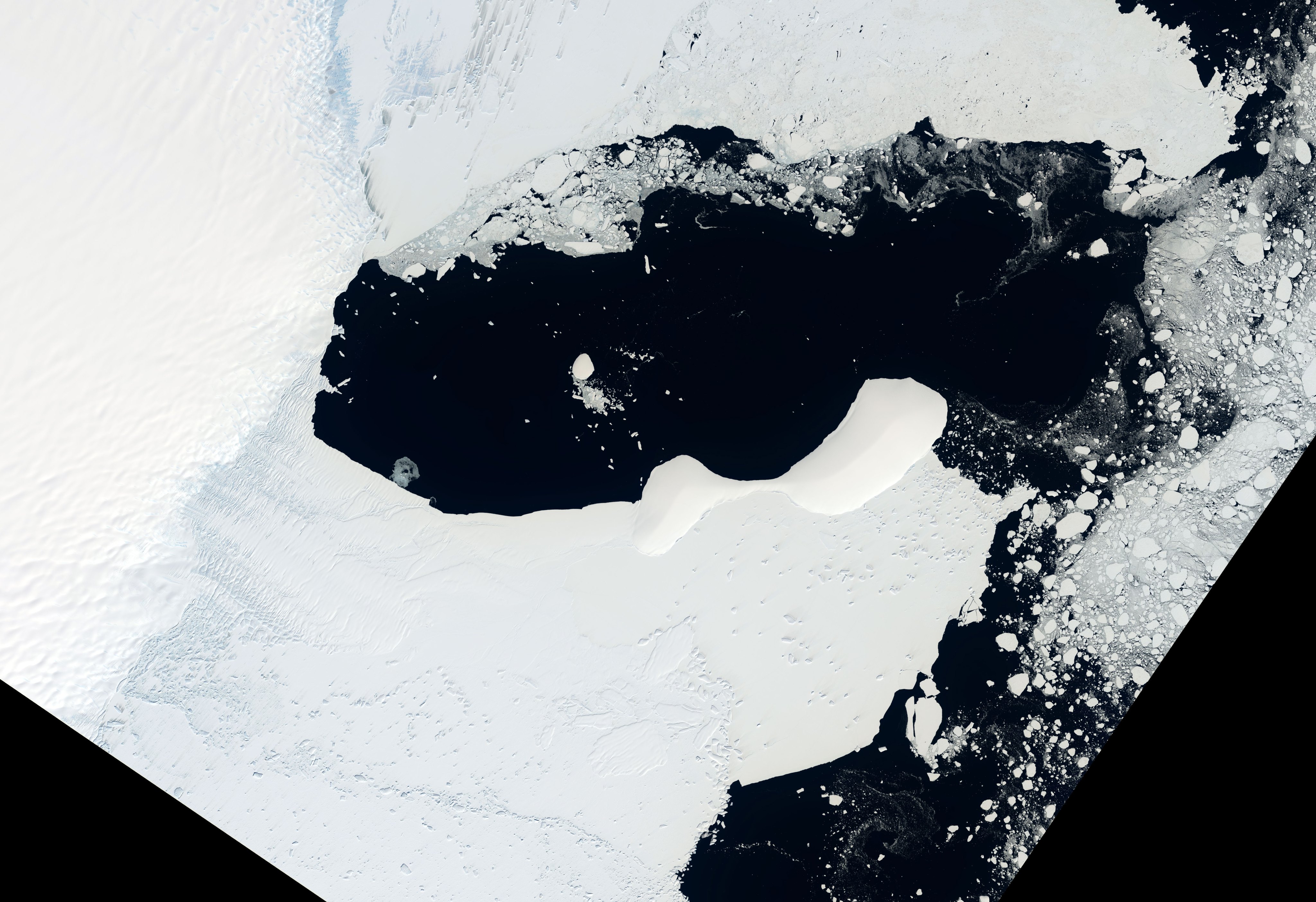5 min read

By Kate Ramsayer,
NASA's Goddard Space Flight Center
A NASA-led effort to advance our ability to monitor changing Arctic and boreal ecosystems has started its second season, with the first aircraft taking flight over Alaska and northwest Canada this month.
Scientists with the Arctic-Boreal Vulnerability Experiment, or ABoVE, will fly suites of scientific instruments on nine planes this summer, in addition to ground-based fieldwork in forests and permafrost tundra. Over the course of its planned 10 years, the ABoVE field campaign will gather data to better understand how environmental changes in the far north are affecting the local environment, and how those changes could ultimately affect people and places beyond the Arctic.
“We’re starting to address some of the big questions about the climate system, such as how changes in Arctic ecosystems affect the exchange of carbon between the land and water surface and the atmosphere,” said Peter Griffith, ABoVE project manager at NASA’s Goddard Space Flight Center in Greenbelt, Maryland.

The ABoVE field campaign officially started in 2016, with hundreds of researchers from universities, state agencies, and U.S. and Canadian federal agencies conducting fieldwork on forest structure, permafrost thaw, the exchange of carbon gases between the atmosphere and land, wildlife habitat and more.
This summer, the campaign expands to include measuring the region from aircraft using state-of-the-art sensors that can become the basis for the next generation of spaceborne sensors to study terrestrial ecosystems. Between late May and October, there will be at least one aircraft in the field at any time. Data from these flights link the detailed measurements scientists can gather in a specific site on the ground with the region-wide, but less detailed, views from satellites, Griffith said.
“The airborne campaign provides the scientific connection between the observations on the ground and the observations from space,” he said. “It allows us to scale the intensive measurements at a specific study site, to a vast landscape that’s really intimidating in size.”
Instruments collecting data for ABoVE this summer, mostly flying out of Fairbanks, Alaska and Yellowknife, Canada are:
- The Airborne Microwave Observatory of Subcanopy and Subsurface (AirMOSS) instrument, on NASA’s Johnson Space Center’s G-III aircraft, and the Uninhabited Aerial Vehicle Synthetic Aperture Radar (UAVSAR), on NASA’s Armstrong Flight Research Center’s C-20A aircraft. Both radar instruments will study soils – measuring the soil moisture, whether the soil is frozen, and the depth of the thawed soil.
- The Land, Vegetation and Ice Sensor (LVIS) on Dynamic Aviation’s B200T aircraft. LVIS is a lidar instrument that measures vegetation structure and ground topography, and, together with other data, will allow scientists to study how warming temperatures change the make-up and extent of forests, and how thawing permafrost changes the surface heights.
- The Airborne Visible/Infrared Imaging Spectrometer (AVIRIS-NG) on Dynamic Aviation’s B200 aircraft. AVIRIS is an imaging spectrometer that collects information on 224 wavelengths, allowing scientists to gather data on vegetation health and atmospheric features including methane plumes.
- The Airborne Surface Water and Ocean Topography (AirSWOT) radar instrument on NASA AFRC’s B-200 aircraft. AirSWOT, a test bed instrument for the planned SWOT satellite mission, slated to launch in 2021, will measure the extent of surface water, including over the Arctic regions where lakes sometimes cover half of the landscape.
- The Atmospheric Carbon (ATM-C) instrument suite, on Scientific Aviation’s Mooney aircraft. ATM-C will measure carbon gases – carbon dioxide, methane and carbon monoxide – in the air around the plane, informing ongoing studies of the exchange of carbon between the atmosphere and ground.
- The Chlorophyll Fluorescence Imaging Spectrometer (CFIS) on Twin Otter International’s DHC6 aircraft. CFIS is a new instrument that will use a feature of plant physiology – the chlorophyll in leaves fluoresces when it captures energy from sunlight– to estimate the total growth rate of plants in an area.
- The Active Sensing of CO2 Emissions over Nights, Days, and Seasons (ASCENDS) instrument suite on NASA AFRC’s DC-8 aircraft. Multiple instruments will measure carbon dioxide in the atmospheric column, gathering data as well as testing new approaches that could be used in an upcoming satellite mission.
“There will be a wealth of data,” said Scott Goetz, ABoVE science lead and a professor at Northern Arizona University in Flagstaff. “After all the efforts to coordinate these measurements, we’ll have data that cover intensively studied field sites from a lot of different instruments and a lot of different perspectives.”
For example, he said, teams using different instruments will be able to provide a detailed picture of the variability of landscapes over permafrost compared to areas without permafrost. Scientists will analyze different datasets to determine how much unfrozen soil is on top of the ground that’s frozen beneath throughout the year, examine how that changes between seasons, describe how that influences what trees or vegetation grow above and monitor how the thawing ground influences carbon emissions.
“We have been planning the airborne campaign details for the last six months, and the entire team is excited to get to the science flights,” said Charles Miller, ABoVE deputy science lead and research scientist at NASA’s Jet Propulsion Laboratory in Pasadena, California. “This will be the first time that many of the NASA airborne sensors have flown in the far north, and we expect them to provide new and unique insights. This is particularly true for using innovative multiple sensor combinations – like radar plus lidar — to study complex interactions between permafrost, vegetation and water."
More than 500 researchers and support staff are involved in ABoVE, Goetz said. The data collected this year may also serve as a baseline to future airborne efforts.
“We will see what sorts of changes there are through a season, but we’ll also see it between years,” he said. “These are critically important measurements, at a time when the Arctic is changing rapidly.”
For more information about the ABoVE campaign, visit http://above.nasa.gov.
Media contact







